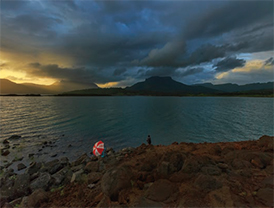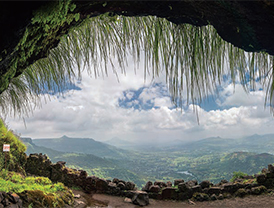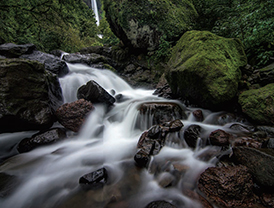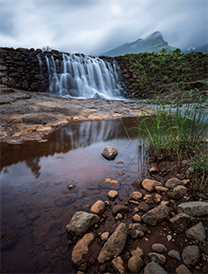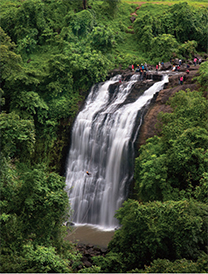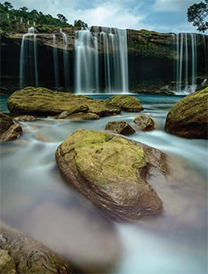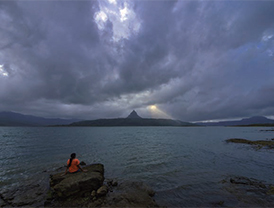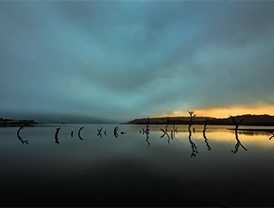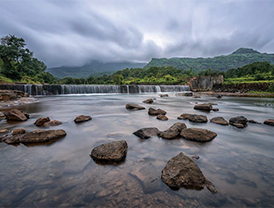Chalk out places to visit: Remember, during monsoons, waterfalls are not the only photogenic scenes worth capturing. Dams are equally beautiful in monsoons. The dam reservoirs are filled to the brim and frilled with greenery. The water that’s released from flood gates make for an amazing photo opportunity, but is best viewed from safe confines. Wilson Dam at Bhandardhara in Maharashtra has a fixed day assigned every week when the dam waters are let out and this is the time when you can see the Randha waterfall in its full glory. You can club other potential locations in the vicinity for a varied photography experience.
Gears and accessories: For a nature and travel photographer like me, this is the time when all my other lenses come out of hibernation and take the front seat in my camera bag, especially the ultra-wide lens, macro lens and the flash system. While packing your gear, don’t miss out on the following pointers:
- Do a test run before you hit the field. This is better than noticing a problem after reaching the destination.
- Carry extra batteries and always carry an extra camera body.
- Carry ND filters, Polarizing filters and cable release.
- A sturdy tripod with a Ball/ Gimbal head is a must for all landscape photographers. Do ensure that you carry the required lens plate/camera mount.
- An extra flashgun for macro photography.
Must-carry nonphotography accessories:
• Zip-lock pouches. They are handy to keep small items such as memory cards
• Dry towels
• Powerful torch with extra set of batteries.
• Powerful headlamp (Buy one with a red light option which is used to focus on macro subjects in the dark)
• Rain protection for camera.
• Sturdy umbrella.
• Soft rubber knee-high gumboots, which are nonslippery and offers good protection.
• Full sleeve T-shirts for skin protection.
• Swiss knife.
• ORS (Oral Rehydration Therapy) sachets for treks and hikes in humid temperature. These help us to avoid dehydration.
Precautions while travelling:
(Note: The following tips apply mainly during the hot summer, but could be useful even otherwise.)
When travelling long distances by car, and you wish to take pictures during the journey, it may be beneficial to the camera gear if the car air-conditioner is put off. Otherwise, as soon as you get off the car to take pictures, your lens will very likely fog up. It’s better to keep the camera bag in the (non-AC) boot rather than keeping it on the car seat to avoid the sudden temperature change.
A similar issue crops up when staying overnight in air-conditioned rooms. The camera equipment gets cold due to the air-conditioning and the lenses fog up as soon as you take the camera out into the warmer outside. To avoid this problem, you may switch off the airconditioner about an hour before venturing out.
What do I plan this monsoon?
Treks /Nature walks: Treks are best experienced during monsoons. Maharashtra is a treasure trove of treks with around 350 hill forts from Shivaji’s era offering captivating vistas. Nilgiris are equally beautiful and ideal to trek during the monsoons. If you plan to trek, tag along with a known group offering professional services. Treks could be extremely remote, unpredictable and adventurous and its best to have company when exploring them. Albeit after all the pain you take to trek uphill, you are certainly rewarded with heavenly vistas. Don’t forget to check the pristine countryside and the plethora of wildflowers along the way. The mesmerizing paddy fields and the low fleeting clouds are every photographers delight. |SP

